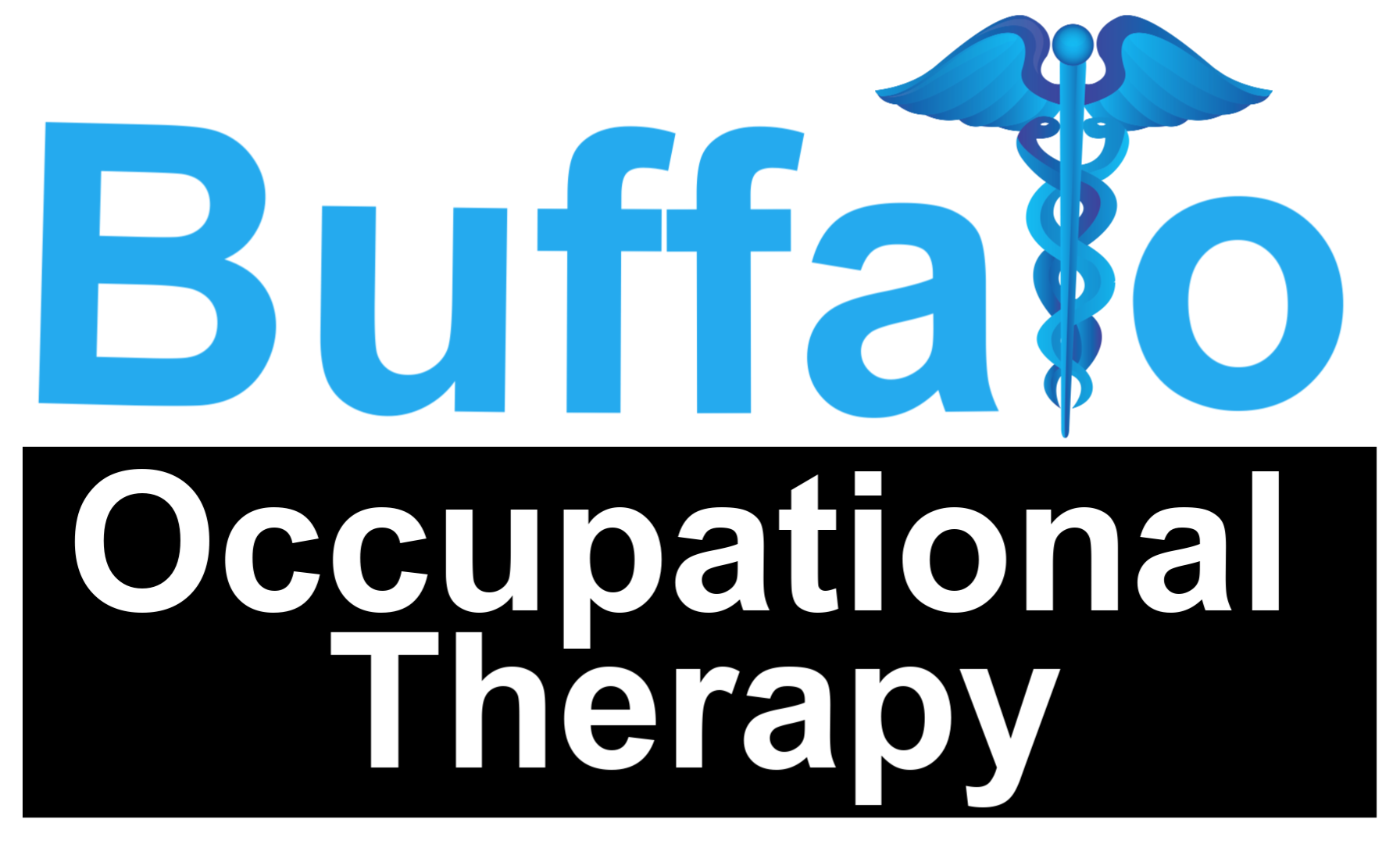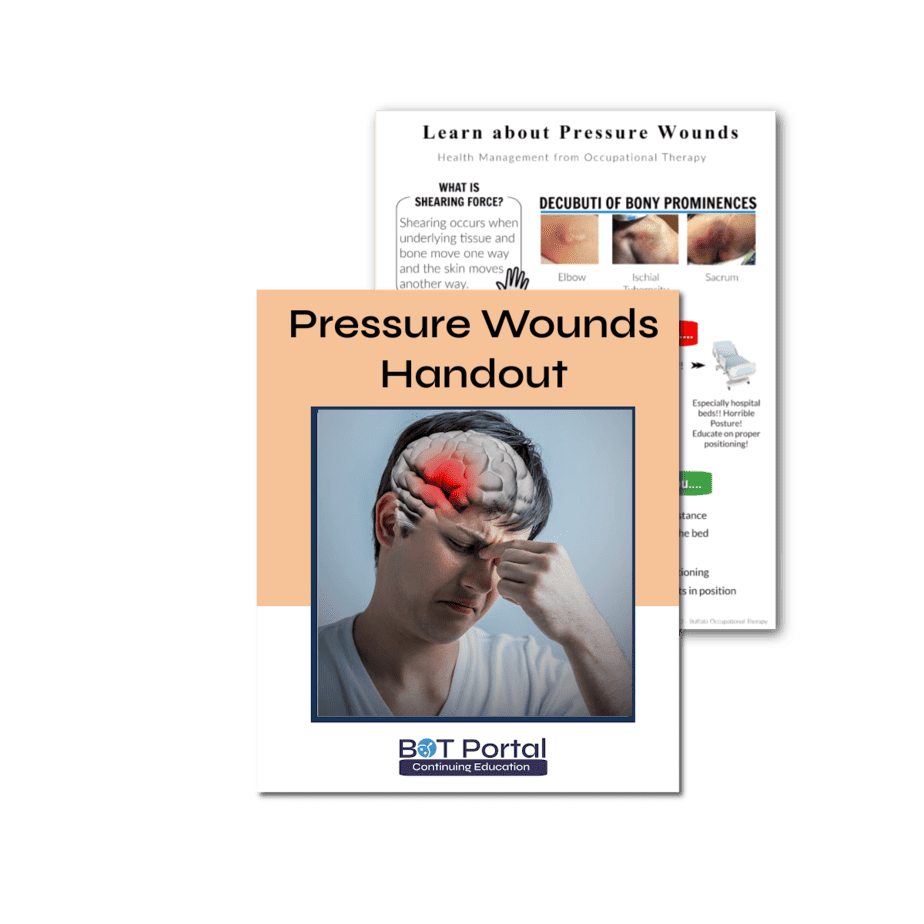Description
Pressure Wounds Handout
Pressure wounds, also known as pressure ulcers or bedsores, are injuries that occur when prolonged pressure on the skin disrupts blood flow to underlying tissues and common concern in healthcare, particularly among individuals with limited mobility or those confined to bed for extended periods. These wounds result from sustained pressure on the skin, often in combination with friction or shear forces, leading to tissue damage and breakdown.
More information:
The development of pressure wounds is influenced by various factors, including immobility, poor nutrition, moisture, and underlying medical conditions. Individuals who are unable to change positions frequently, such as those with paralysis or those recovering from surgery, are at increased risk of developing these sores. Additionally, factors such as malnutrition, dehydration, and impaired circulation can compromise skin integrity, making individuals more susceptible to tissue damage.
These wounds typically occur over bony prominences, such as the sacrum, heels, hips, and elbows, where the skin is subjected to the greatest pressure. Initially, pressure wounds may present as areas of redness or discoloration, indicating tissue damage. Without intervention, these wounds can progress to more severe stages, characterized by partial or full-thickness skin loss, ulceration, and, in severe cases, involvement of underlying muscle and bone.
Preventing these wounds is a primary goal in healthcare, and occupational therapists play a vital role in this process. They assess individuals’ risk factors for getting them and develop tailored interventions to mitigate these risks. Strategies may include repositioning individuals regularly to relieve pressure, providing pressure-relieving support surfaces, optimizing nutrition and hydration, and educating individuals and caregivers on proper skin care techniques.
In cases where pressure wounds have already developed, occupational therapists collaborate with multidisciplinary teams to implement wound care protocols aimed at promoting healing and preventing further deterioration. This may involve wound debridement, application of specialized dressings, and interventions to address underlying factors contributing to wound development.
Overall, pressure wounds represent a significant challenge in healthcare, requiring comprehensive prevention and management strategies. Through proactive assessment, education, and intervention, occupational therapists play a crucial role in reducing the incidence of pressure wounds and improving outcomes for individuals at risk.
Some other helpful links:
Check out BOT Portal: Resource Site for Occupational Therapy Students and Practitioners




